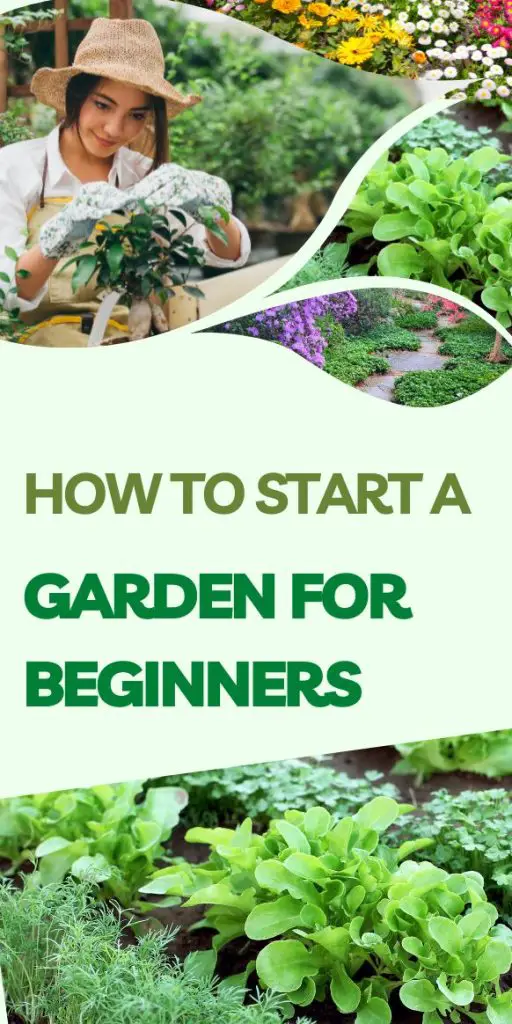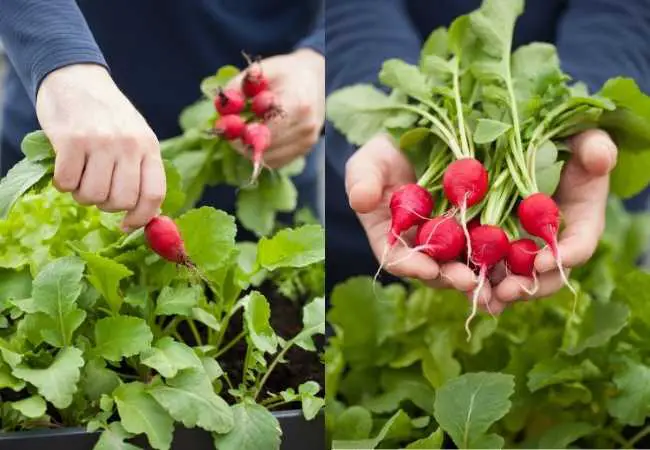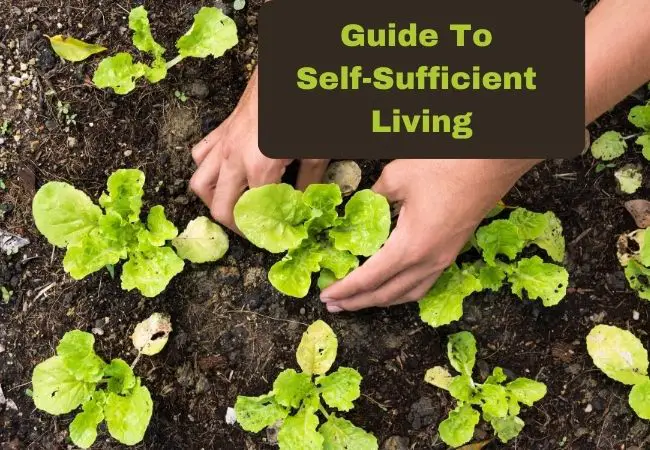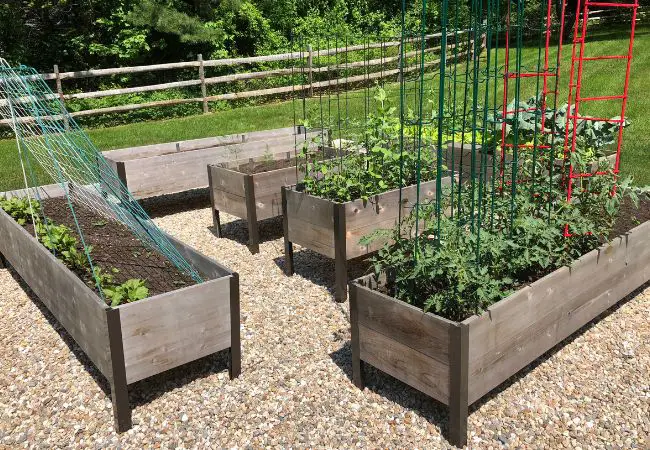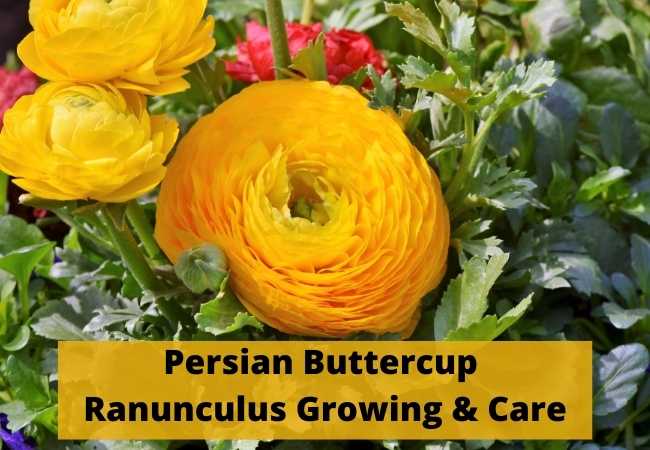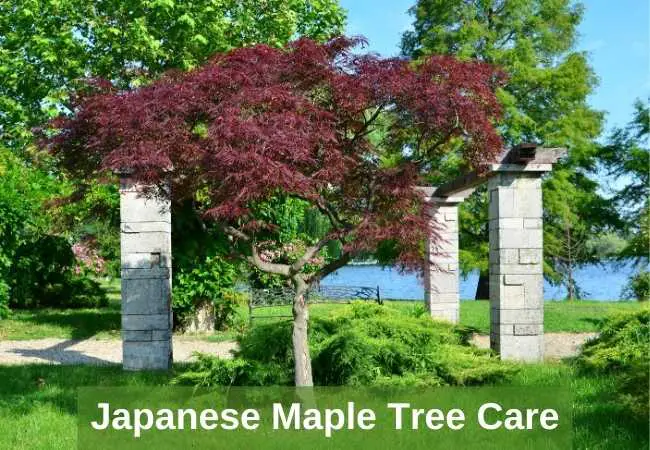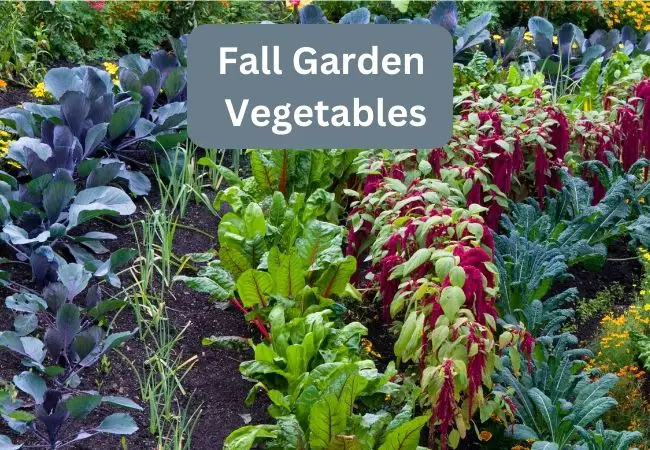How To Start A Garden For Beginners
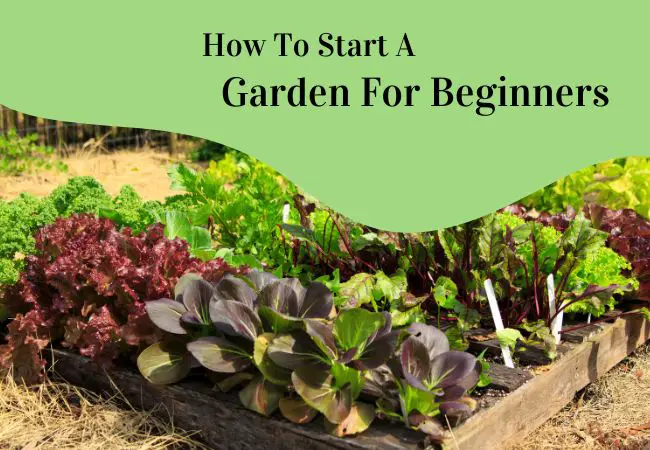
Here is how to start a garden for beginners so that you get immense joy and satisfaction and avoid common setbacks. When done properly gardening offers a myriad of benefits that go beyond the beauty of blooming flowers and fresh produce.
How To Start a Garden For Beginners
For beginners, starting a garden provides an opportunity to connect with nature, cultivate a new skill, and enjoy the fruits of their labor. From enhancing mental well-being to promoting physical activity.
In this guide, I will walk you through the essential steps to start your garden successfully.
From planning and soil preparation to selecting the right plants and dealing with common challenges.
Benefits Of Gardening
Health Benefits: Gardening is a fantastic way to stay physically active, reducing stress levels and promoting overall well-being.
Fresh and Healthy Produce: Growing your own fruits, vegetables, and herbs ensures a fresh, organic supply that contributes to a healthier lifestyle.
Connection with Nature: Engaging with the natural world through gardening fosters a sense of peace and mindfulness, providing an escape from the hustle and bustle of daily life.
Educational Experience: For beginners, gardening serves as a hands-on learning experience, teaching valuable lessons about plant biology, soil health, and the environment.
Planning Your Garden
Selecting the Right Location
Sunlight Requirements: Before breaking ground, assess the sunlight patterns in your chosen area.
Most plants require at least 6 hours of sunlight per day. Take note of any potential obstacles that may cast shadows and affect plant growth.
Accessibility and Convenience: Choose a location that is easily accessible for regular maintenance.
Consider proximity to water sources, making watering more convenient, and ensuring that the garden is easily visible, allowing you to monitor plant health effectively.
Choosing the Right Type of Garden
Container Gardening: Ideal for limited space, container gardening involves planting in pots or containers.
This method allows for flexibility in rearranging plants and is suitable for balconies, patios, or small yards.
Raised Beds: Raised beds provide well-drained, nutrient-rich soil. They are particularly beneficial for beginners as they offer better control over soil quality and are less prone to weed invasion.
In-Ground Gardens: Traditional in-ground gardens are versatile and suitable for a wide range of plants. They require careful consideration of soil quality and drainage.
Understanding Soil and Amendments
Soil Testing
Soil testing is a crucial step in understanding the composition of your garden soil. It helps identify nutrient levels, pH, and potential issues that may affect plant growth.
How to Conduct a Soil Test
Contact your local agricultural extension office or use a home soil testing kit. Follow the instructions provided to collect soil samples from various areas of your garden. Send these samples to the testing facility for analysis.
Soil Amendments
Compost and Organic Matter
Enhance soil fertility and structure by incorporating compost and organic matter. Compost adds valuable nutrients, improves water retention, and encourages beneficial microbial activity.
Fertilizers and Their Types
Choose appropriate fertilizers based on your soil test results. Organic options, such as well-rotted manure or compost tea, are preferable for promoting long-term soil health.
Selecting Plants
Choosing the Right Plants for Your Region
Climate Considerations: Select plants that thrive in your specific climate. Consider temperature ranges, frost dates, and seasonal variations when planning your garden.
Hardiness Zones: Familiarize yourself with the USDA Hardiness Zone map to determine which plants are suitable for your geographical location. This ensures that your chosen plants can withstand local weather conditions.
Determining Spacing and Layout
Companion Planting: Use companion planting techniques to enhance the growth and health of your plants. Some plants naturally complement each other, deterring pests or providing necessary nutrients.
Plant Placement for Optimal Growth: Consider the mature size of each plant when planning its placement. Proper spacing prevents overcrowding and allows for adequate air circulation.
Essential Tools and Equipment
Basic Gardening Tools
Trowel, Pruners, and Gloves: Invest in high-quality, ergonomic tools for essential tasks like planting, weeding, and pruning. A comfortable pair of gloves protects your hands during gardening activities.
Watering Cans or Hoses: Ensure proper hydration for your plants with a reliable watering system. Choose between watering cans for precise control or hoses for larger areas.
Optional Equipment
Trellises and Stakes: Some plants, like tomatoes and climbing vegetables, benefit from support structures. Trellises and stakes provide stability and encourage vertical growth.
Mulching Materials: Mulch helps retain moisture, suppress weeds, and regulate soil temperature. Consider using organic materials like straw or wood chips.
Planting and Maintenance
Starting from Seeds or Seedlings
Seed Starting Indoors: Begin your gardening journey by starting seeds indoors. This allows for controlled conditions and early germination. Follow recommended timelines for each plant type.
Purchasing Quality Seedlings: If starting from seeds seems daunting, purchase quality seedlings from local nurseries. Look for strong, healthy plants with vibrant foliage.
Watering Guidelines
Understanding Water Needs: Different plants have varying water requirements. Be mindful of the moisture preferences of each species, avoiding both under and overwatering.
Proper Watering Techniques: Water at the base of plants to minimize evaporation and reduce the risk of fungal diseases. Early morning or late evening is the best time for watering.
Mulching for Moisture Retention and Weed Control
Benefits of Mulching: Mulch serves multiple purposes, conserving soil moisture, suppressing weeds, and regulating soil temperature. It also adds organic matter to the soil as it breaks down.
Types of Mulch to Consider: Choose mulching materials based on your garden’s needs and aesthetics. Options include straw, bark, wood chips, or even shredded leaves.
Pruning and Deadheading
Encouraging Healthy Growth: Regular pruning removes dead or diseased plant material, promoting healthier growth. Prune selectively to shape plants and encourage better air circulation.
Removing Spent Blooms for Aesthetics and Health: Deadheading, the removal of spent flowers, redirects the plant’s energy towards new growth and prolongs the blooming season.
Dealing with Pests and Diseases
Identifying Common Garden Pests
Insects: Recognize common garden pests such as aphids, caterpillars, and spider mites. Regular inspection and early intervention help prevent infestations.
Rodents and Critters: Protect your garden from larger pests like rodents and deer. Fencing, repellents, and natural deterrents can help keep these creatures at bay.
Natural Pest Control Methods
Beneficial Insects: Introduce beneficial insects, such as ladybugs and predatory beetles, to control pest populations naturally.
Companion Planting for Pest Prevention: Certain plants repel pests or attract beneficial insects. Utilize companion planting strategies to create a balanced and pest-resistant ecosystem.
Recognizing and Managing Diseases
Signs of Common Plant Diseases: Learn to identify common plant diseases by observing changes in foliage, discoloration, or unusual growth patterns.
Disease Prevention and Treatment: Practice good hygiene, proper spacing, and crop rotation to prevent diseases. Treat infections promptly with organic or chemical solutions, depending on your gardening preferences.
Harvesting and Enjoying the Fruits of Your Labor
Knowing When to Harvest
Signs of Ripeness: Observe visual cues such as color, size, and texture to determine when fruits and vegetables are ready for harvest.
Harvesting Techniques for Different Crops: Different crops require specific harvesting techniques. Use shears, scissors, or your hands, depending on the delicacy of the produce.
Post-Harvest Care
Storing and Preserving Your Produce: Store harvested produce in appropriate conditions. Consider canning, freezing, or drying surplus fruits and vegetables for long-term use.
Sharing the Harvest with Friends and Family: Enjoy the sense of community by sharing your garden’s bounty with friends, family, or neighbors. It fosters a spirit of generosity and strengthens social bonds.
Troubleshooting Common Problems
Addressing Nutrient Deficiencies
Ensure your plants receive essential nutrients by regularly amending the soil with compost and organic matter.
Recognize common signs of nutrient deficiencies and adjust fertilization accordingly.
Handling Overwatering or Underwatering
Learn to recognize signs of overwatering (wilting, yellowing leaves) or underwatering (dry soil, wilting). Adjust your watering schedule accordingly.
Water deeply and consistently, allowing the soil to dry slightly between watering sessions. Consider installing a drip irrigation system for efficient water distribution.
Reviving Stressed or Struggling Plants
Identify the underlying cause of plant stress by examining environmental factors, pests, or diseases.
Implement appropriate remedies, such as adjusting watering practices, providing shade, or applying organic solutions to combat pests.
Final Thoughts
Gardening is a continuous learning experience, and every success, no matter how small, contributes to the joy of the journey.
As you embark on your gardening adventure, don’t hesitate to experiment with different plants, techniques, and designs.
Each season offers new opportunities to refine your skills and create a garden that reflects your unique preferences.
I hope this post on how to start a garden for beginners was helpful and now you are better equipped to take action. Happy gardening and follow me on @multigardening Pinetrest and save the pin below to get more awesome gardening posts.
